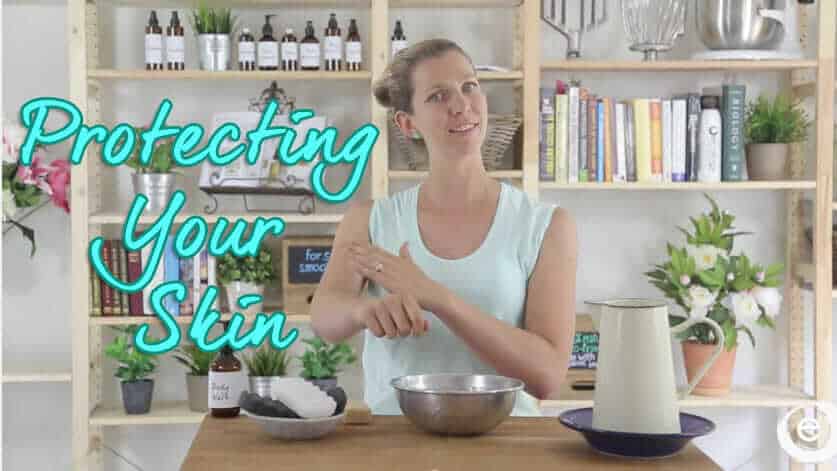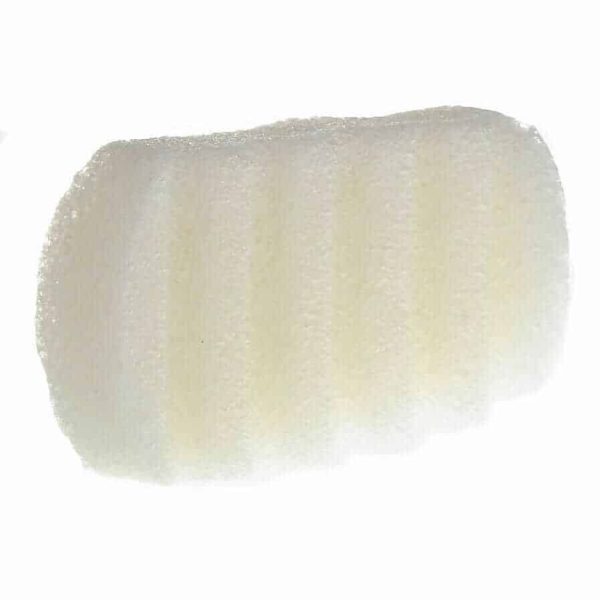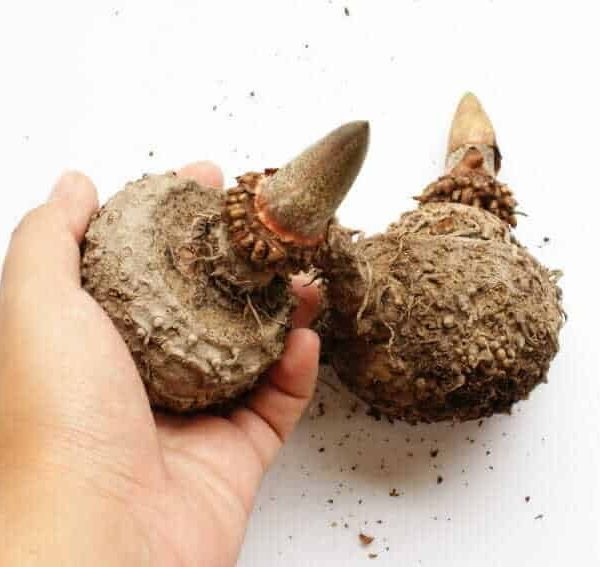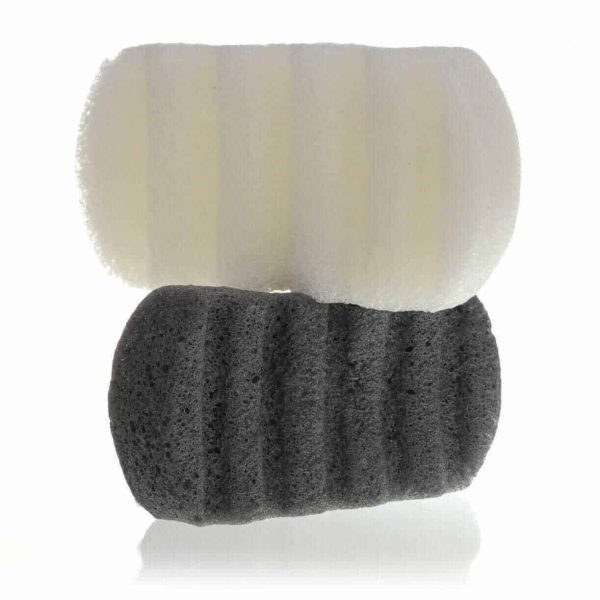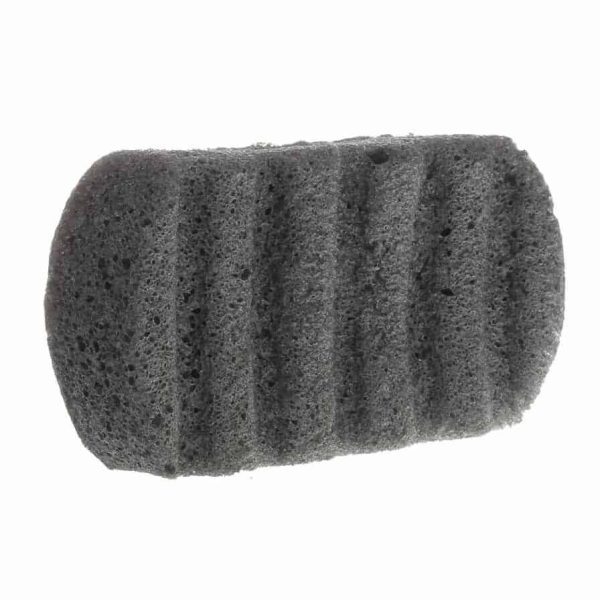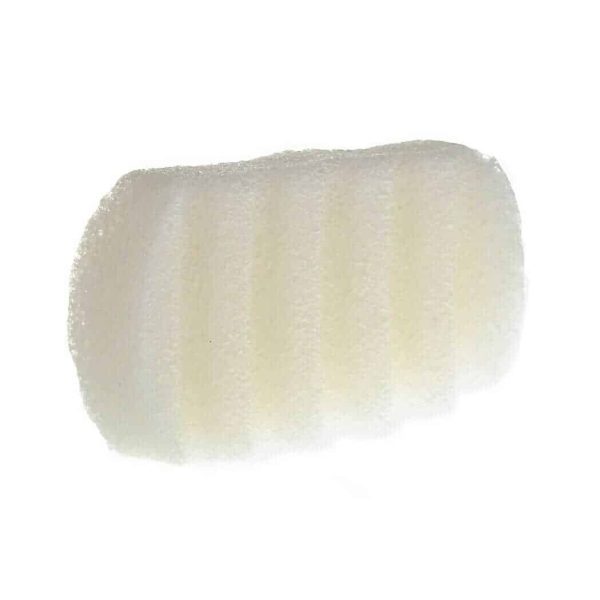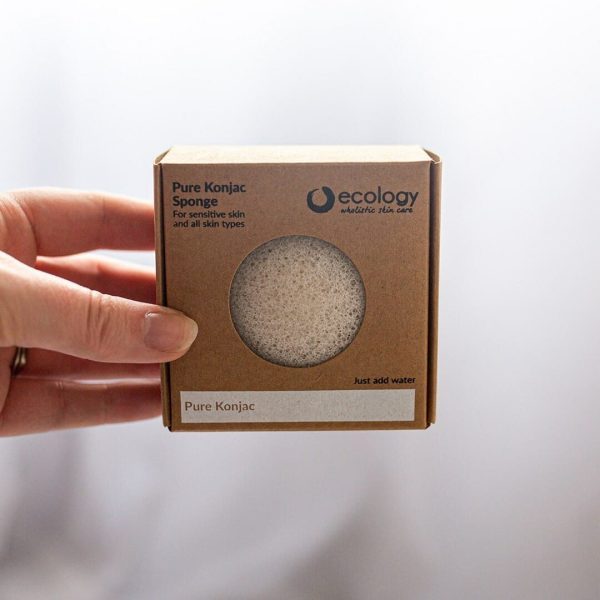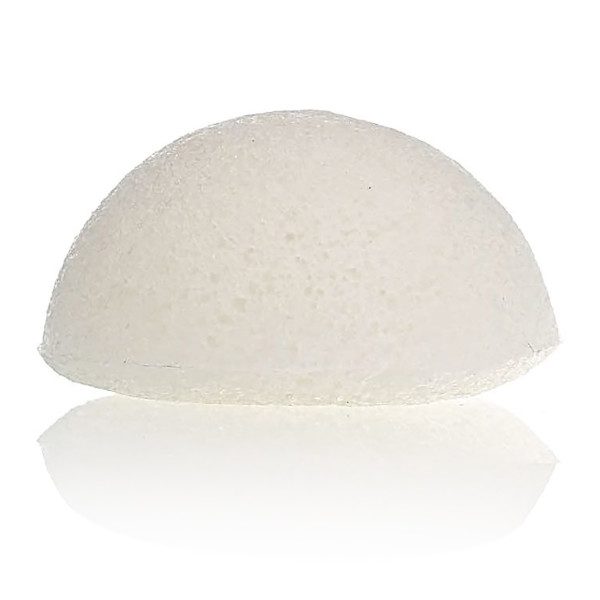Chemicals in Skincare
What is your Acid Mantle and Why is it so Important for Skin Health?
If you have super dry, itchy or sensitive skin that goes red or flakey if you step outside and go for a brisk walk in the dry winter air, then you’ll be interested in finding out what our very intriguingly named acid mantle is and why it’s so important to preserve it
So what is the Acid Mantle?
Well, it’s a naturally secreted, thin, protective film that covers your skin and is made up of oils, fatty acids, lactic acid, amino acids and skin’s own natural moisturising factor.
It’s also slightly acidic with a pH between 4.5 and 5.5 (which is why its called the acid mantle)
So these protective oils, waterproof skin and help keep the skin cells tight and flat (like roof shingles), protecting you from the elements like wind, cold and water and also making it harder for bacteria and other microbes to get a toe-hold in your skin.
Your acid mantle can be washed or scrubbed away and it can also be neutralized by alkaline soaps and body washes that raise the pH of your skin above 6. If you get that tight squeaky clean feeling after washing, you’ve probably just stripped away your acid mantle which increases your chances of skin damage and infection.
Body washes can really vary in pH and Commercial soaps have a pH range of 9-11, which can dry out skin and make it more susceptible to bacterial growth. The bacteria associated with acne LOVE a pH between 6 and 6.5
Then there’s naturally handcrafted soap, like the Natures Soap we have here in our online store which has a pH of around 8.
Once damaged, the acid mantle can take anywhere from 15 minutes to 14 hours to restore itself, depending on how much its been disrupted or damaged …which you can crudely measure by how tight and dry your skin’s feeling.
So if you shower and wash twice a day ….it’s going not going to be great for your acid mantle.
Now, I’m all about keeping things simple and taking a less is more approach that supports our skins natural functionality, rather than trying to override it or improve on it.
Which is why I’m so excited to have in the Ecology store a cleansing product that doesn’t contain processed chemicals, fits the guidelines for choosing a good personal care product and is less likely to disrupt the skin’s acid mantle, causing less damage and disruption and leaving your skin looking and feeling softer than after using soaps and body washes.
…And that product is an Ecology Body Konjac Sponge
This great little sponge is made by hand, out of 100% natural vegetable fibre from the Konjac potato.
Konjac has been used for over 1,000 years throughout Japan, China and Korea as a food source, a medicine, weight loss aid and more recently as a beauty product.
You just need to add water to cleanse…which is super easy!
When wet, the sponge is super soft and ideal for delicate or sensitive skin, it really gently cleanses the skin, removing dirt and excess oils without the need to use an additional cleanser …meaning you can avoid harsh detergents, parabens and other processed chemicals.
The konjac sponge will also gently massage skin, stimulating blood circulation and encouraging the return of a naturally glowing, radiant complexion.
How do you use it?
You need to soak your sponge in warm water first, till it’s nice and soft.
This will take a little longer first time around and they expand in size as they soften.
Then when you jump in the shower, get yourself totally wet first, soak your sponge under the running water till it’s soft and gently press between your palms to push out any excess water.
Using circular motions, gently massage your skin with the sponge.
When you’re finished cleansing, simply rinse your skin and your sponge under the running water and press the sponge gently between your palms until its relatively dry.
Don’t wring it out, or squeeze it, as that will cause your sponge to break down faster.
Stand it up in a well ventilated spot to dry out properly somewhere the air can flow all around it. This is important, it needs to dry out completely between uses!
How long will these little babies last for?
The konjac sponge is made out of vegetable fibre so it will naturally breakdown with time.
Generally the sponges will last for 2-3 months or about as long as you would hang onto a toothbrush for. Then you can throw it in the compost to biodegrade.
If need be you can steralise your sponge in a pot of water that’s been brought to the boil for 3-4 minutes, but wait till the sponge has cooled before pressing the water out of it.
So the big question is…
What is the pH of the Ecology Body Konjac?
Well, its going to be fairly close to the pH of the water, right?
When we take a look at the pH strips that have been squished inside a moist sponge, they register slightly acidic.
These konjac sponges have a pH around 5-6, so close to the pH of your acid mantle …meaning its not going to neutralise your acid mantle to any great degree or cause extra damage to the protective oily film.
Just be aware that it can take a couple of weeks for your skin to adjust as its getting used to the new regime.
My husband and I have been using these Ecology Body Konjac Sponges for months now and we love them!!
ECOLOGY KONJAC SPONGES
Now, we would love to hear from you guys!
Have you tried one of the Ecology Konjac Sponges? What do you think?
Please feel free to share your experience, ask us questions and tell us what you think in the comments below.
Wishing you silky smooth skin!
SOURCES:
- Almost Exactly Blog
- The Beauty Brains Podcast: Episode 22
- Wall Street Journal: The Real Dirt on Face Washing

